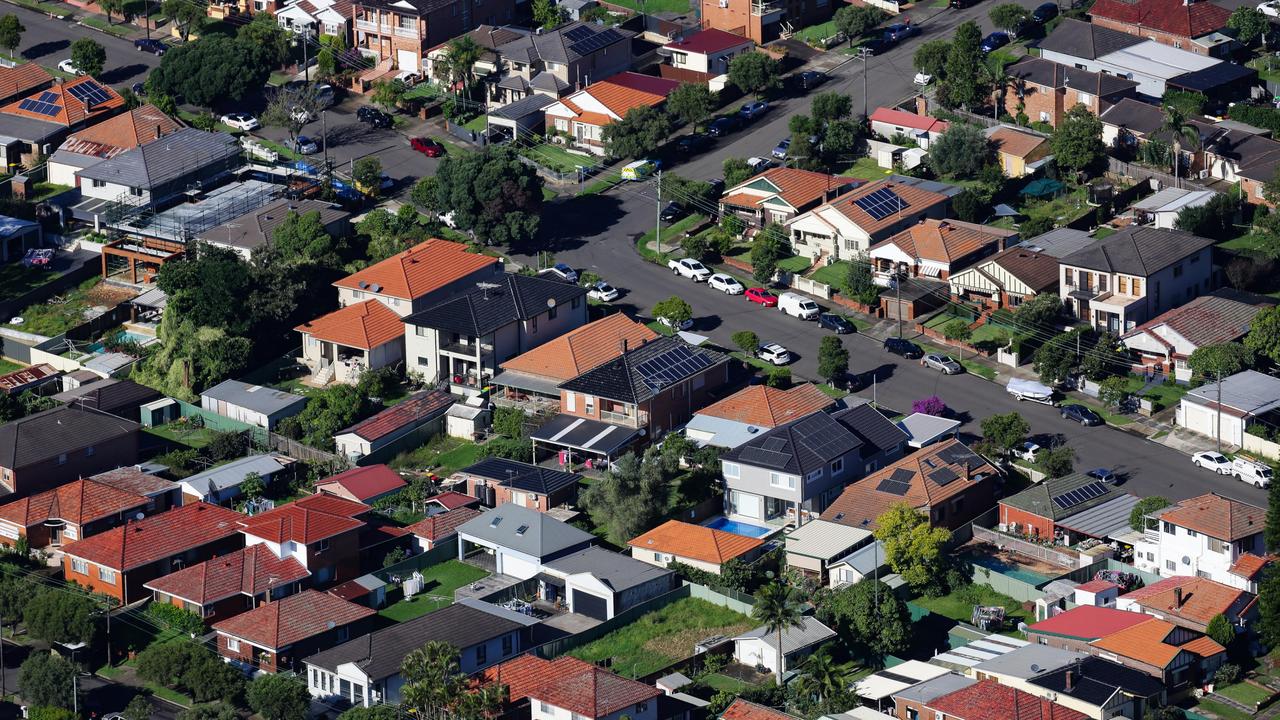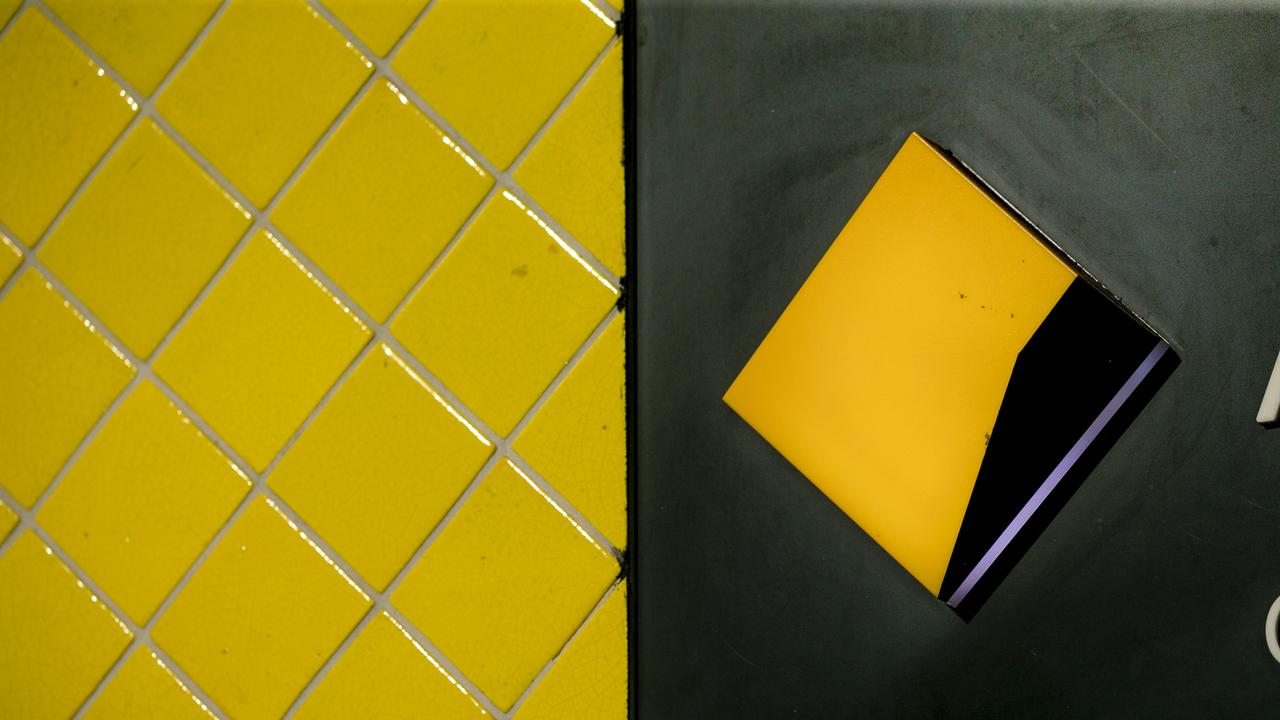Nearly everyone who lives in the city will eventually settle in an apartment
WELCOME to the housing of the future. There will be no backyards and spacious kitchens, but you’ll be spoilt for choice in apartments.
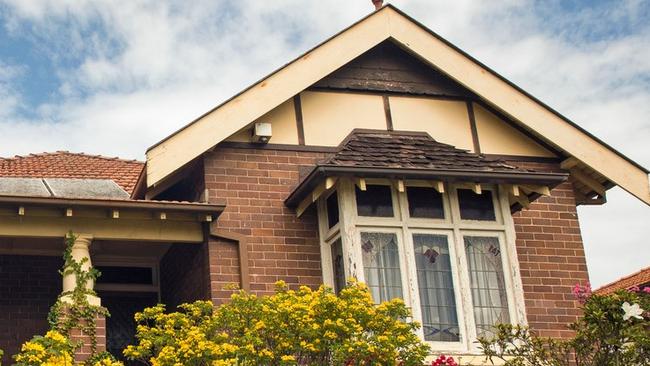
FORGET backyards, spacious lounge rooms and a white picket fence.
Soon the only living option you could have is an apartment.
Houses in cities are slowly becoming extinct, as developers create massive apartment blocks with support from councils who want to prepare for the growing population in the future.
Unfortunately, houses in inner cities just can’t be built, they take up too much room and there’s only a scant amount of space left.
Melbourne City Council plans to focus on increasing apartments in the city and is hoping they will become the main living option.
Shrinking apartment sizes, poor layout, a lack of amenities and an abundance of one and two bedroom apartments are concerns the council wants to address into the future as high-rises become more sought after by city renters and buyers.
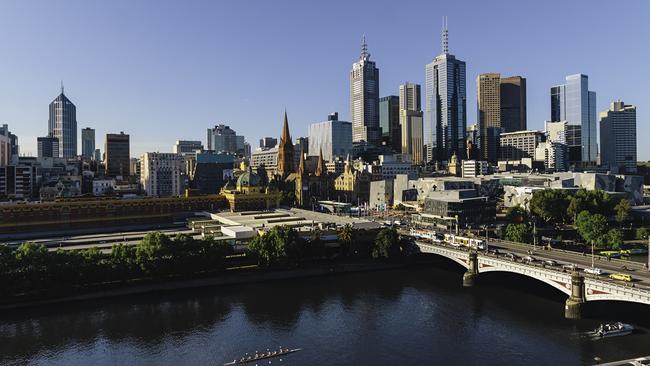
At the moment there is a lack of affordable apartments for low to moderate income earners to buy.
Those who earn a similar wage to receptionists, cleaners and hospitality workers can only afford to purchase two per cent of the apartments that are located within 56 minutes of the city.
About 24 per cent of the apartments can be bought by those on an income similar to teachers and nurses.
A Melbourne council strategy that discusses how it will cater to the growing population states apartments in the CBD mainly have two or less bedrooms and fail to cater to families who need at least three.
By 2031 however, there is expected to be at least 8000 family-friendly apartments in the city.
The City of Melbourne was the fastest growing local government area in 2013 with 11,000 people added to its population.
It is predicted there will be 150,000 people living in 92,000 homes in the city by 2021 and more than 190,000 residents in 115,000 homes but 2031.
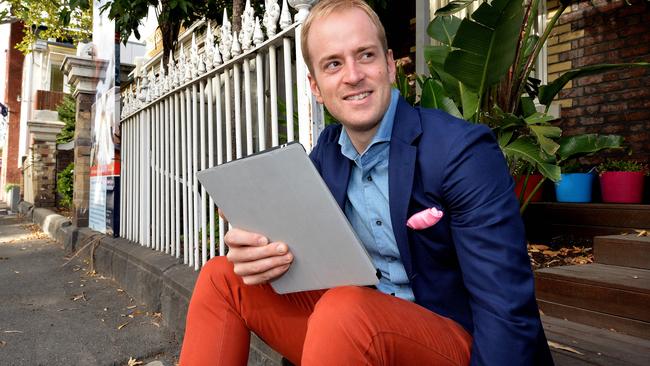
Secret Agent Property director Paul Osborne said trading in houses for apartments was a universal trend.
“There’s increased pressure and also demand from home buyers and renters to live as close to the city as they can,” he said.
“People want access to different jobs and they want to rent where there is a whole lot of choice.
“It’s about lifestyle too. People want to live near good cafes, restaurants, bars and the night-life. That is increasingly putting people in the CBD.”
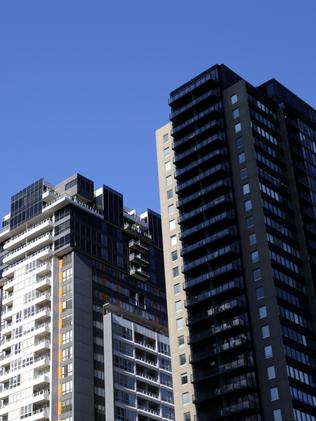
Mr Osborne said a lot of houses on the city’s fringes were older models and people were happy to trade them off for apartments in the CBD.
High-rise blocks continue to grow and Mr Osborne said there weren’t many spare land blocks where somebody could build a city-centric house.
“There’s not too much capacity to add more houses. There are some commercial warehouses and factories in the city that are going to be converted into homes but those and perhaps post-war homes will likely end up being demolished for modern apartments,” he said.
The only houses with backyards and white picket fences are likely to be those that are heritage listed, but even then you won’t be able to afford to live in them.
“What it’s going to mean is in the long-term, houses on their own land that are of heritage nature, will be unreachable. Heritage homes are expensive and Sydneysiders and Melburnians love the nostalgia of heritage homes, they are seen as an antique and collectable, so I think they’ll be very much in demand.” Mr Osborne said.
“The cost of restoration and renovation on these properties will also be significant.
“The reality of the market in the long-term is most people won’t be able to buy a house in the city.”
So the good news? Over time apartments will be built to house more people, with spacious living areas and higher ceilings.
The bad news? Mr Osborne said it’s something the average person still probably won’t be able to afford.
“The majority of people live in small apartments and that’s happening worldwide,” he said.
“If we want the population to grow we have to sacrifice houses in the city for smaller dwellings.”


